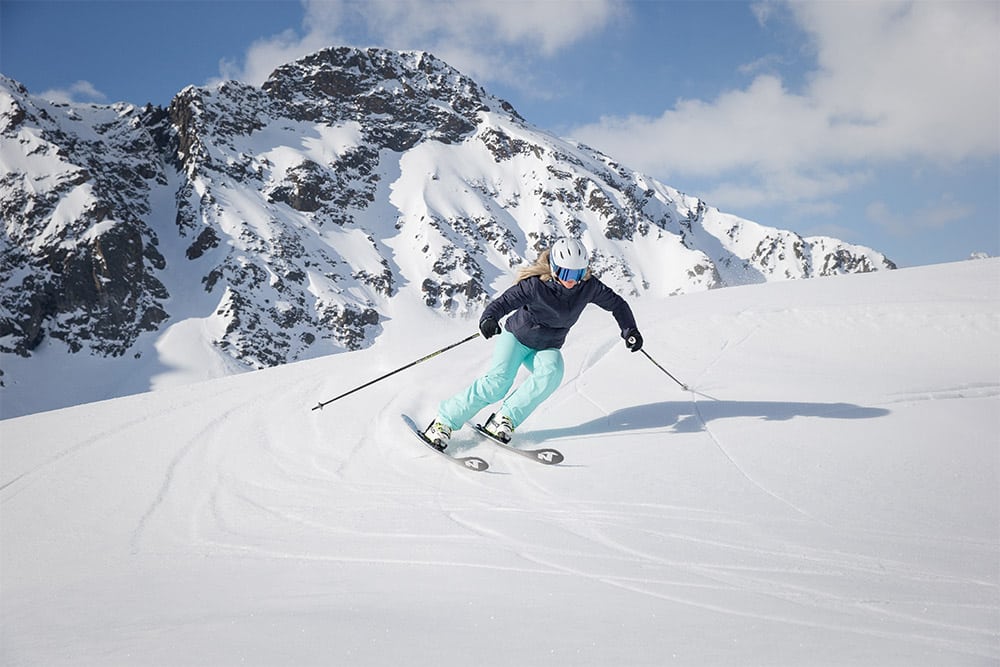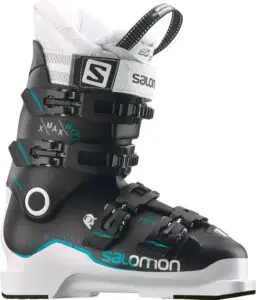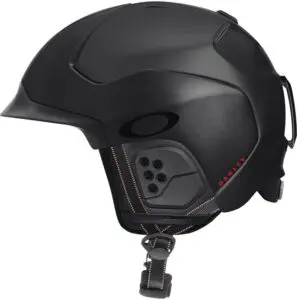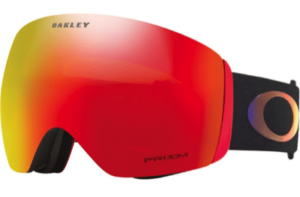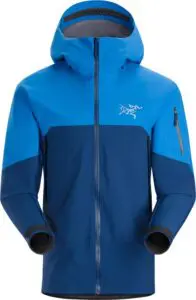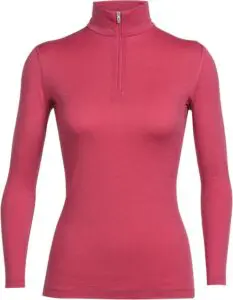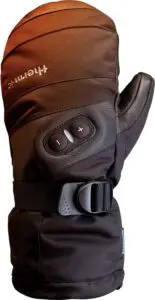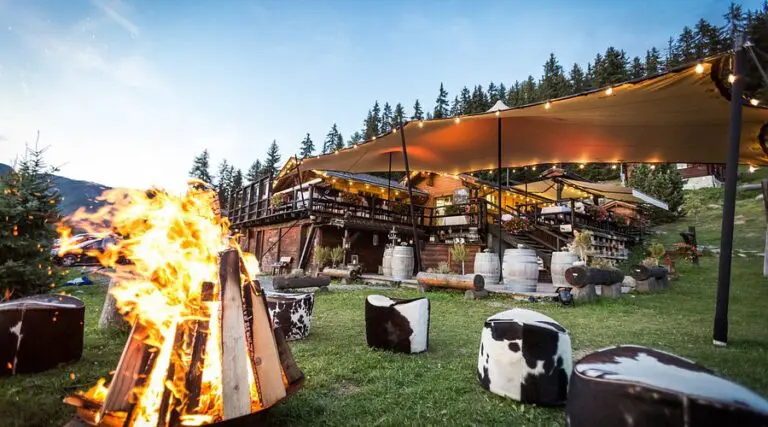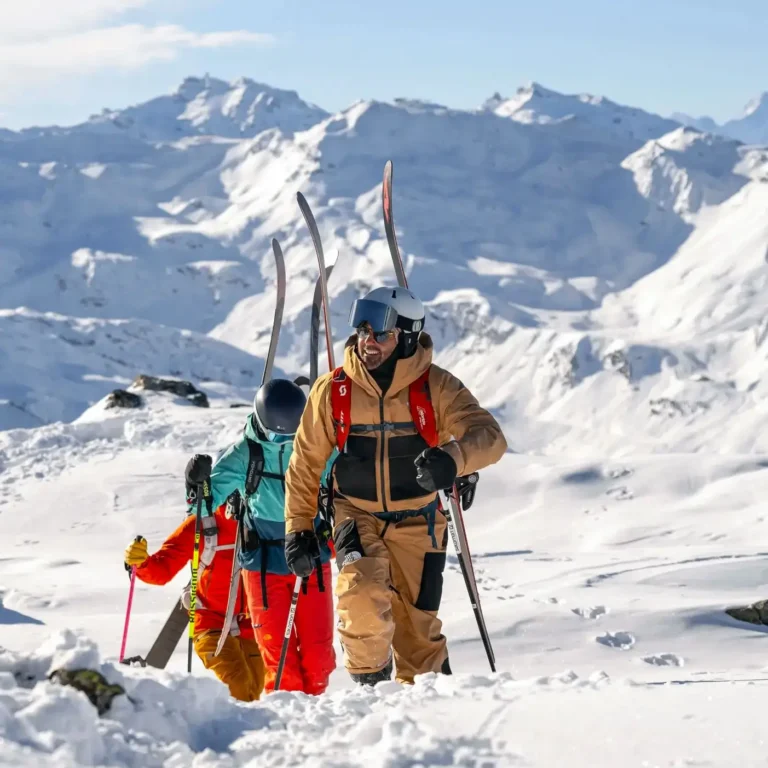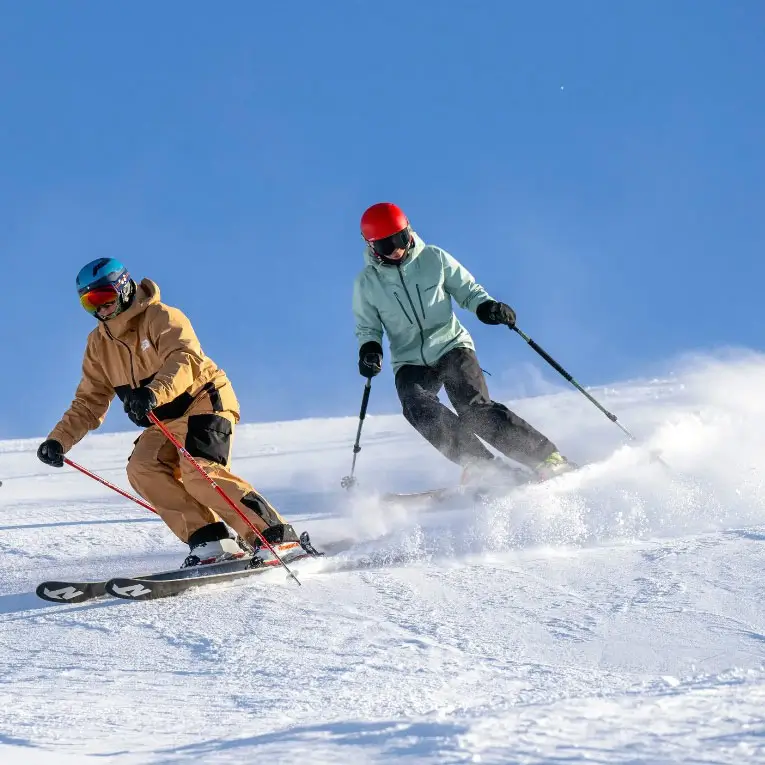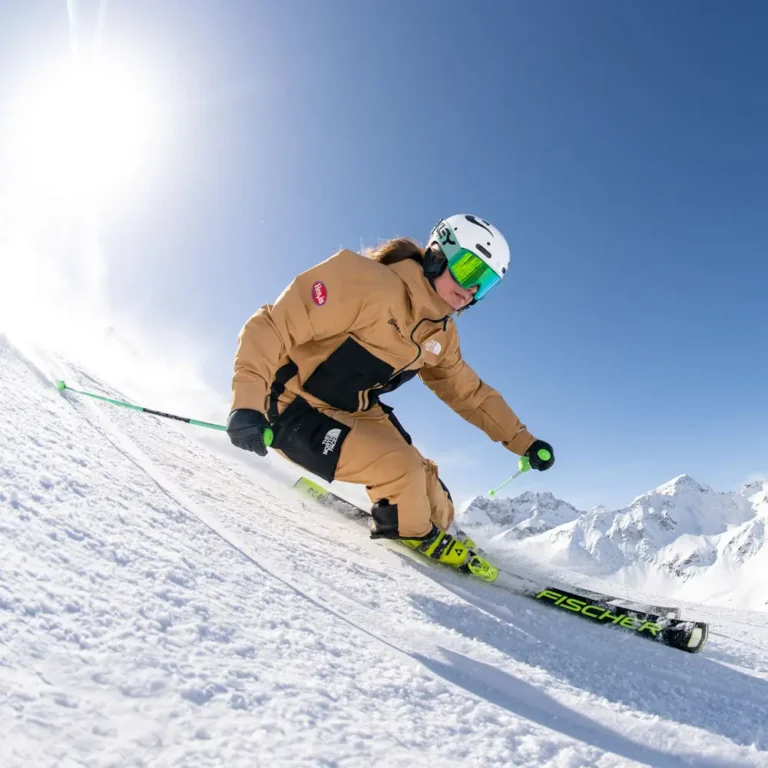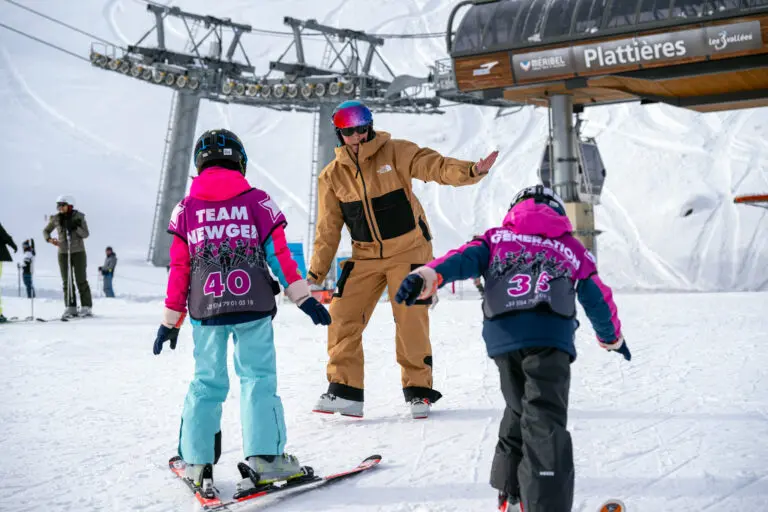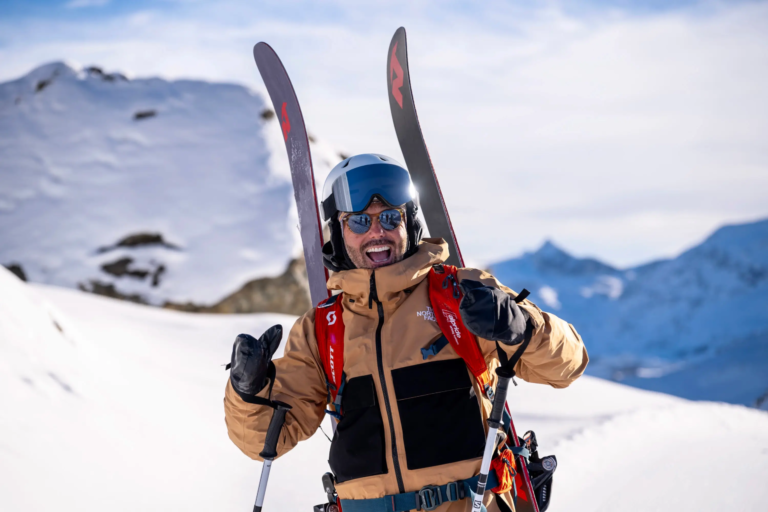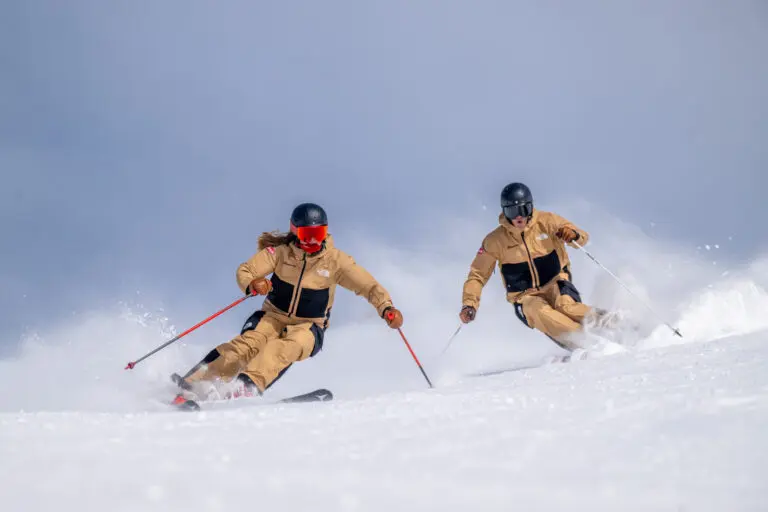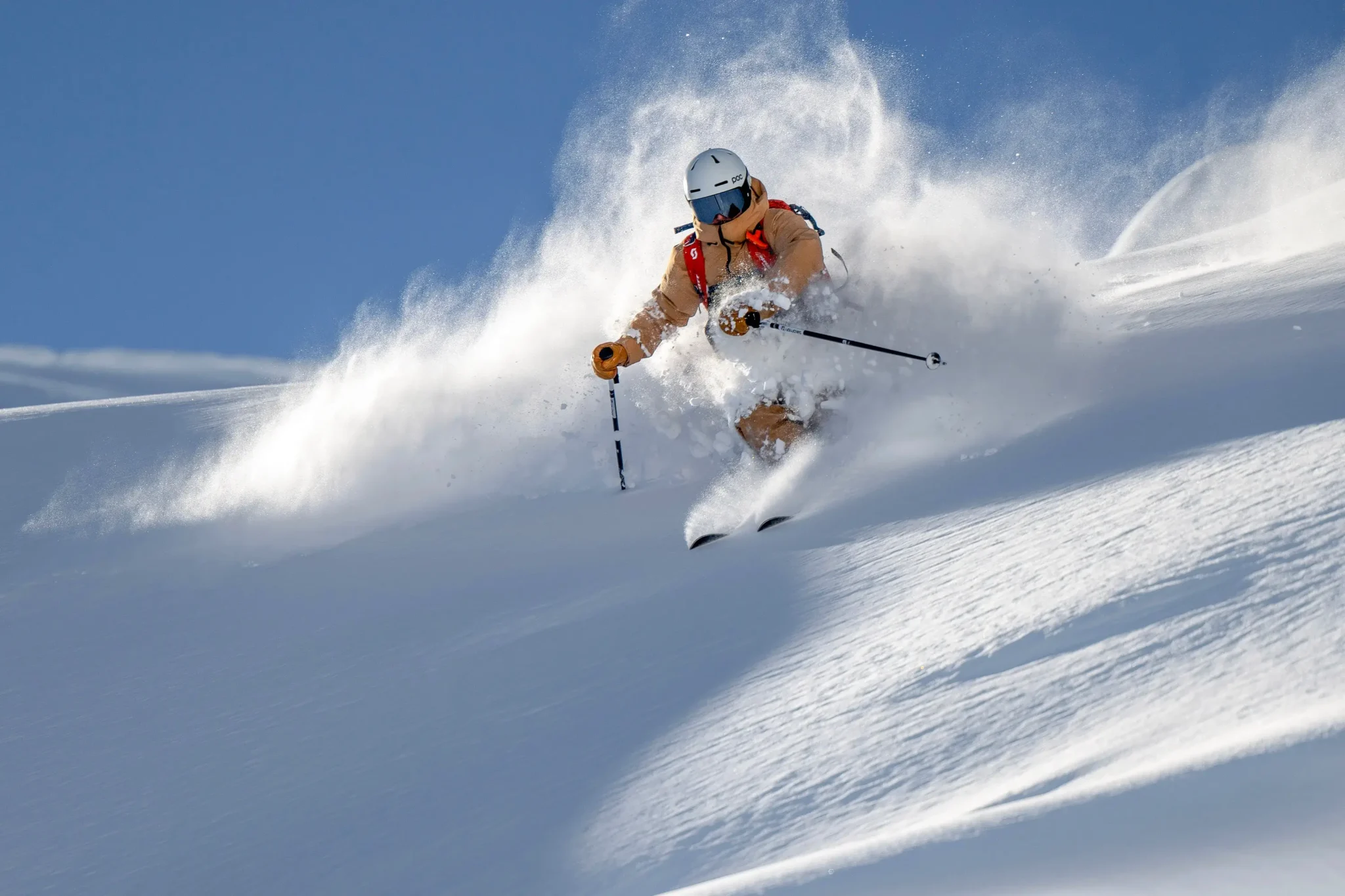Technology, design and engineering processes are advancing at the quickest rate in history, helping to improve and enhance products all over the globe. These advances are filtering through to the world of ski equipment resulting in safer, more comfortable and ability boosting gear.
We take a look at some of the latest developments in ski equipment and how they can improve your skiing.
The Best Gear to Improve Your Skiing
Ski Boots:
Long gone are the days of just choosing a brand that is wide or narrow – ski boots now fit around feet rather than feet fitting in them. Entire boot shells can be moulded along with custom inner liners to match your unique foot and leg profile; removing pressure spots while maintaining a performance-driven fit.
In addition to the shell and liner, bespoke insoles align your feet to a neutral position (removing any anomalies) providing precise control of the ski, better power transfer into the ski and easier turns. They can also help to protect against weaknesses and prevent injuries.
Skis and bindings:
Skis have seen huge advancements in construction and materials, resulting in a lightweight fabrication that retains torsional strength and are easy to manoeuvre. The use of rocker (reverse camber) at the tip and tail of skis enables riders to easily initiate the start of a turn and have a smooth exit. This is especially useful for beginners and mixed terrain/conditions.
Another big development is the use of a progressive side-cut in lower-end skis. This variable side-cut keeps you stable through the long turns at high speed while at low speeds the ski can still turn sharply.
Bindings transfer the power from your boots into the ski; it’s important that the two have a seamless interface.
Modern bindings are constructed from lightweight materials (making the ski is more manoeuvrable) and can be fine-tuned to match the boot’s toe-height and length, creating a better connection for a safer release when you crash and greater power transfer.
With wider skis becoming more popular, binding width has expanded in parallel, making it easier to exert force into the ski edge for further control when turning.
Helmet:
A helmet may not improve your technique, but advancements in materials and design have greatly reduced the risk of injury from head impacts.
One such technology is MIPS (Multi-directional Impact Protection System). Invented by a Swedish neurosurgeon, MIPS is a thin inner helmet that helps deflect the rotational force encountered during a collision, reducing the risk of the most common cause of brain injuries.
Goggles:
Modern spherical lenses come with a thin frame or none at all providing a large field of vision and a sense that you are not wearing goggles. A bigger field of vision and high contrast view make skiing safer allowing you to see more obstacles, on-coming skiers and react quicker to undulations in terrain (less falls and crashes).
Lens technology, such as Oakley Prizm and Dragon Lumalens, now filters out unwanted light wavelengths that strain your eyes adapting to varying weather conditions to give you the clearest view without needing to change the lens.
Outerwear:
A lightweight GORE-TEX jacket and pant are going to keep you dry and comfortable maintaining your muscles in optimum conditions for performance. Just as important is freedom of movement for your body. Almost all outerwear now comes with an ergonomic fit and articulated joints leaving you unrestrained to perform fluid technical movements.
Base Layers:
A good base layer comes with flat seams (no rubbing), articulated joints that don’t hinder movement and is made from a wicking material. Cotton needs to be avoided at all costs; it’s going to absorb sweat, rub and make you cold.
Merino or alternative synthetics are “smart fabrics” that keep you warm when it’s cold and cool when it’s hot. They also preventing the build-up of unpleasant smells and build into part of a full (base layer, mid-layer, shell jacket) layering system.
Gloves and socks:
A common problem we hear about is cold hands. For anyone that suffers from bad circulation skiing a full day can become a battle, making it hard to grip your poles and generally unpleasant. One solution is mittens with an inner glove liner or battery heated mitts that can be recharged overnight.
Ergonomic merino socks offer the perfect blend of cushioning and support while keeping your feet dry and comfortable – wicking away hot air before it turns into moisture.
Dry feet mean your toes don’t rub (no blisters) allowing you ski pain-free all day long, improving strength and technique.
For more information on what equipment would best suit you, aid your progression and help you have more fun drop into an Ellis Brigham Mountain Sports store and speak to their experts or have a chat online to their customer service team.
